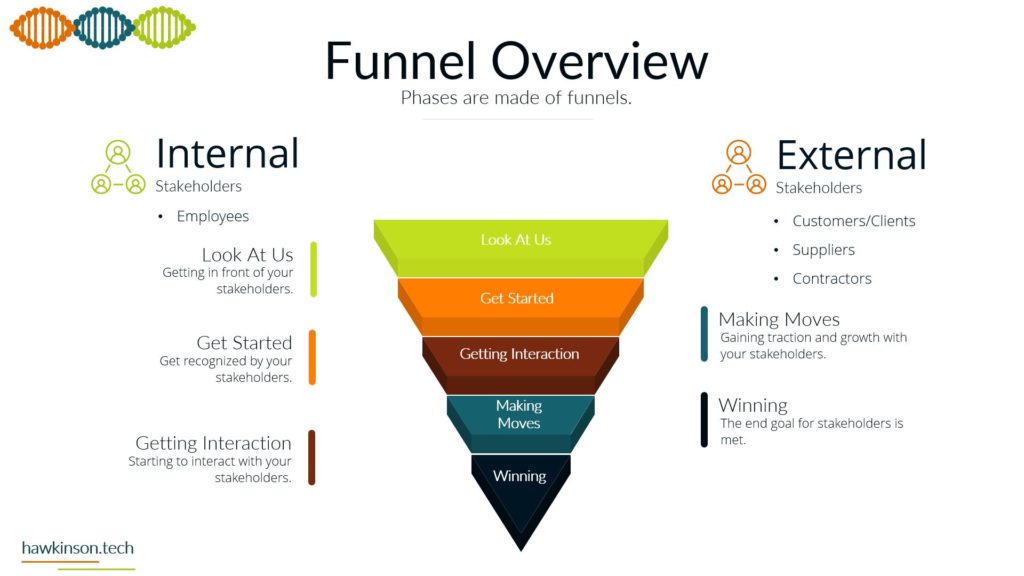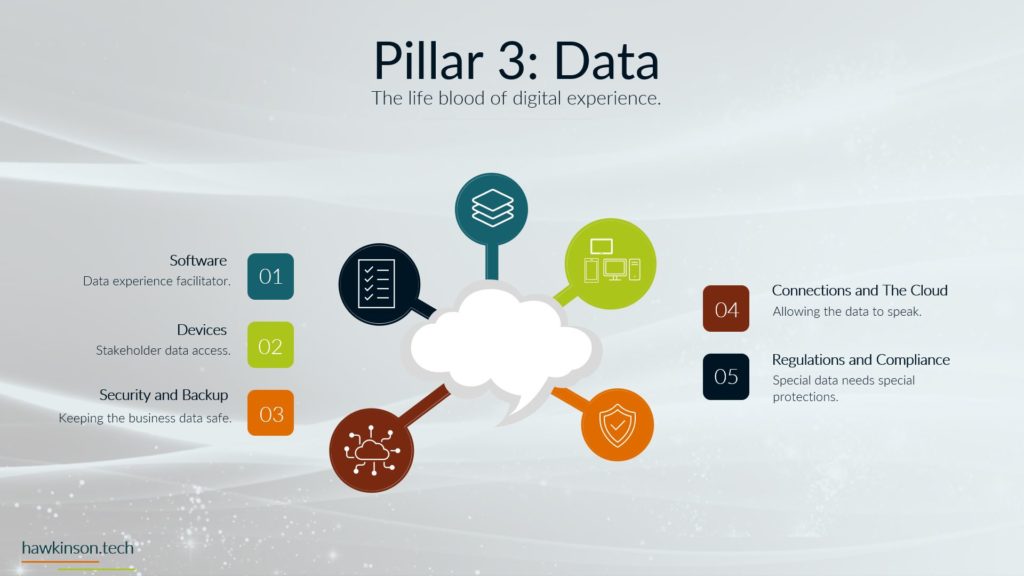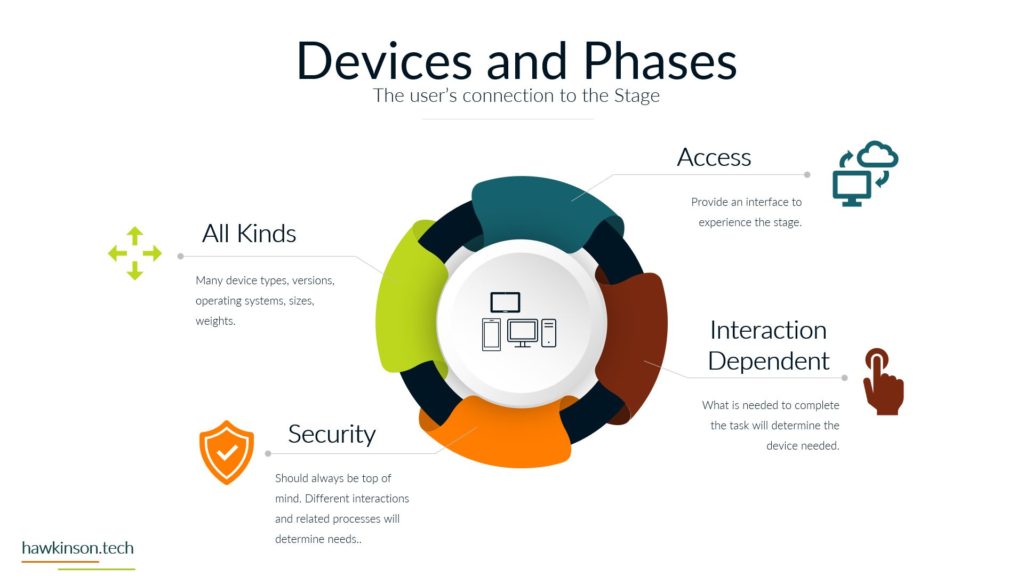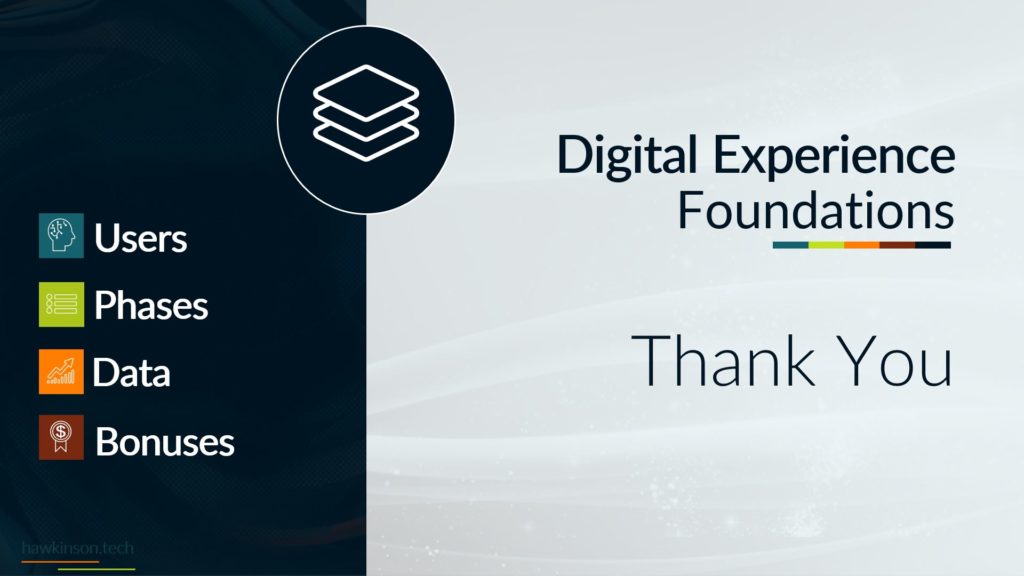GoDaddy is a web hosting and domain registrar company that offers a range of products and services to help individuals and businesses establish and maintain their online presence.
Key Features
Domain Name Registration
GoDaddy provides domain name registration services that let customers look for and buy the domain names they want.
Web Hosting
Virtual private servers (VPS), commercial hosting, WordPress hosting, and devoted servers are just a few of the web hosting solutions offered by GoDaddy.
Website Builder
GoDaddy provides a website builder that helps customers to design websites with a professional appearance without having to acquire advanced technical knowledge.
Email Hosting
Users are able to register and administer email accounts utilizing their own domain name, thanks to GoDaddy’s email hosting services.
Security
GoDaddy provides security features such as SSL certificates, website security, and website backups to help keep websites secure.
Marketing Tools
GoDaddy offers marketing tools, including email marketing, search engine optimization (SEO), and social media marketing, to help businesses reach their target audience and drive traffic to their websites
Other Features
- Online store
- Business applications
- Domain auctions
- Customer support
- Flexible for beginners






























